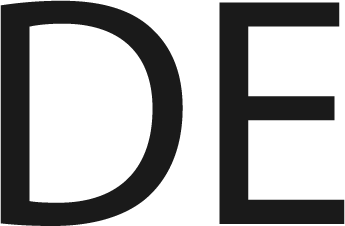The Eyeopener
Gustav Schörghofer
Year after year, I had visited Richard Hirschbäck in Thumersbach, Zell am See over the course of the last eighteen years. Every time, there was something surprisingly new to see. The transformation of his art and the results of his persistent investigations and intense work were not directed towards what was going on in the art scene. It followed its own rules, that recurrently and always more clearly emerged in the life and work of Richard Hirschbäck. This development was strongly rooted in the Art History of the 20th Century. In all of its forms, be it from rigid linear constructions to gestural work, from surreal discoveries within the image to ‘colour field’ compositions, it represented a unique interpretation of this history.
In his art, Richard Hirschbäck was not an innovator or inventor of previously unknown artistic possibilities. Throughout the course of his life, he tried to create access to the abundant artistic heritage of the previous century that had been buried. This is what he again and again succeeded in, in his own work, to the delight of many. Richard Hirschbäck’s work is very contemporary, however, away from the art scene. It is not loud, it has an unbreakable vitality and distinct “tone”. It opens the eyes of the observer towards the abundancy of modern and contemporary art, far beyond the borders behind which this astonishingly vigilant artist kept himself behind.
The construction of an order and the correlation of appearances in his work is not imposed from the outside but rather comes from an inner necessity, following a “soft rule”. These two notions represent the main motive in his work. Describing a landscape, he once said how this order can be perceived in the form of a seemingly accidental appearance of a mountainside image. He had an eye for this order. Richard Hirschbäck was constantly setting the bar higher for the treasures found in the unexpected and wonderful associations of the visible. His art makes these visible to the observer. It is a “school” of perception.
In the last years, Richard Hirschbäck returned to simple, geometrically oriented forms. In 2007 the last paintings were made. What we see is a “law”, an order, but one we cannot fully grasp. Over and again, it is perceived in a new way, but can’t be fully defined.
One year ago, on the 13th July 2007, Richard Hirschbäck died in Thumersbach.


